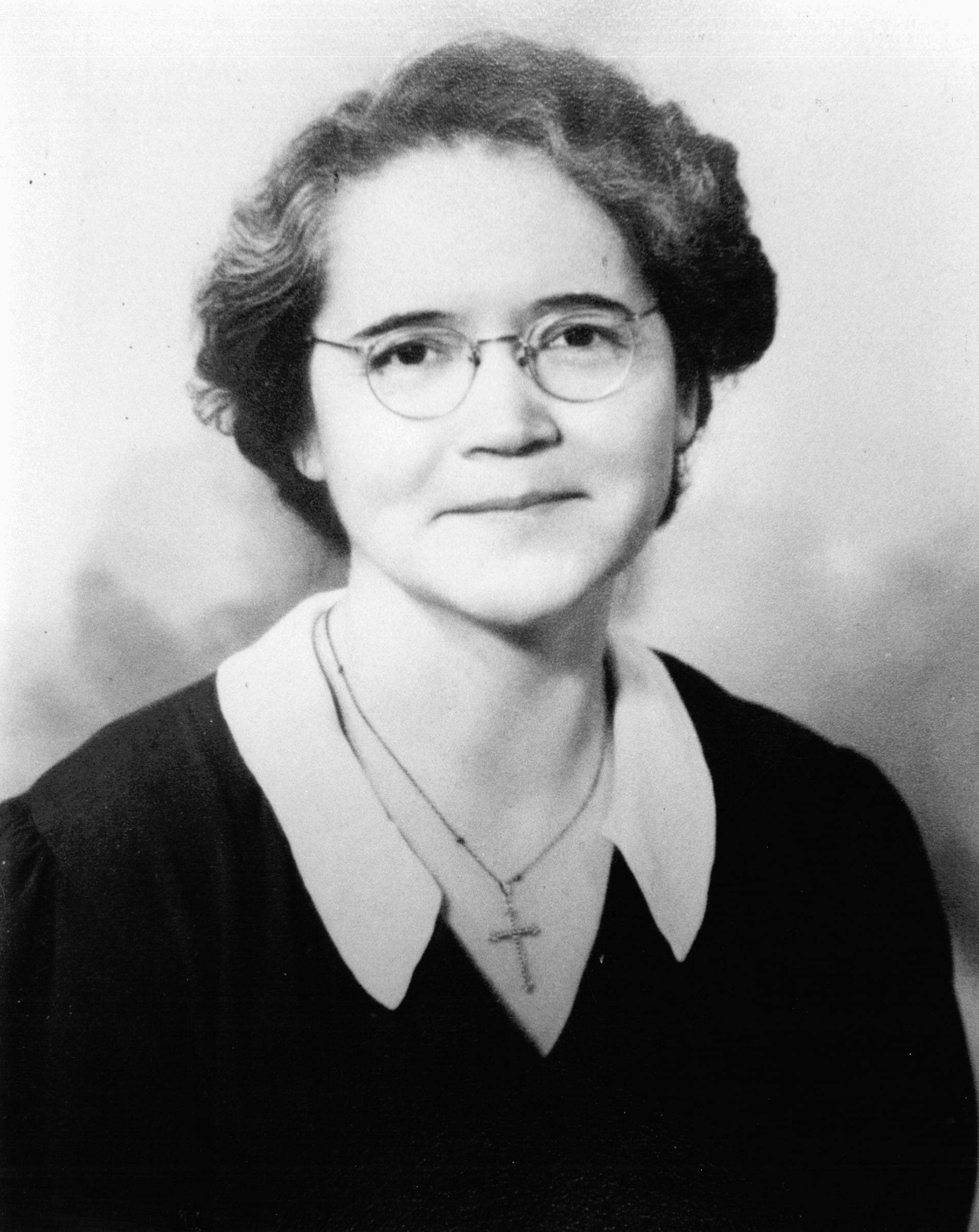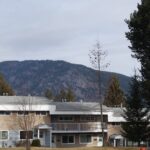Doukhobor/Aboriginal/White/Female: Local author tells uniquely B.C. story with Castlegar at its heart
Jean Barman met Irene Kelleher in the early 1990s at the suggestion of a mutual acquaintance, and it was the beginning of a long friendship between two teachers. Irene’s life story is chronicled in Barman’s new book, Invisible Generations: Living between Indigenous and White in the Fraser Valley (Caitlin Press).
“Our meeting each other opened up the opportunity Irene sought to tell her story as she wanted it told,” writes historian and Governor General Award-winning author Jean Barman.
Irene Kelleher lived her life in the shadow of her family heritage—mixed Indigenous and white descent that was the shadow of scorn from a dominantly white community. Yet she persevered, despite her own self-doubts and the prejudice of society, and acquired a teacher’s certificate at a time it was almost wholly a white occupation, being the first woman of Indigenous descent to do so in British Columbia. It was also rare for a woman of any descent to display such independence and enjoy the freedom that came from making her own living.
“Irene Kelleher made her career on her own terms at a time it was difficult for any woman, much less one of mixed descent, to do so. We each make our own way in the world as best we can, and so did Irene,” says Barman.
When Irene became a teacher in 1921, the only jobs for persons of mixed heritage were on the edges of the edge, where no one else wanted to go. Irene left her family and friends in the Fraser Valley to teach throughout B.C., including in the Castlegar area to Doukhobor children. Irene taught in Glade from 1930–33, Kamanoe, which was near Brilliant, from 1933–35, Pass Creek from 1937–38, and Ootischenia in 1939.
“Irene began teaching Doukhobor children in the fall of 1930. To do so was a brave undertaking for anyone, even more so for a 30-year-old woman on her own,” writes Barman in the book.
The Doukhobor community and the Provincial government disagreed on the mandatory schooling for children from age seven upwards. The Doukhobor community adopted tactics alternating in semi-compliance and confrontation. Irene told Barman, “during my first Christmas [in Glade], someone threw blasting powder at the school…. I’ll never forget the smell.”
In another instance, in the April 25, 1939 edition of The Daily Colonist, they reported eight attempts at arson and bombings had been made recently in the West Kootenays, destroying one school and damaging other building in the Doukhobor-settled areas. At the time, Irene was the principal at Ootischenia. The newspaper reports that Irene Kelleher and several other teachers were awoken by the bomb blasts on the veranda of the schoolhouse, although they do not cite any personal injuries or deaths.
Despite the tension between the community and the Provincial government Irene was dedicated to her task. She took additional instruction in courses for teaching English to New Canadians, specifically designed for Doukhobor children. At the time of her retirement, Irene reflected that although teaching in those communities was a real challenge, it also provided a great deal of satisfaction.
“Irene Kelleher’s decade teaching Doukhobor children at a time few others dared to do was fundamental to who she was as a career teacher and as a caring human being.” Says Barman in an interview.
Barman began writing Irene’s story in the 1990s, with input from Irene. But when Irene passed away in 2004 at the age of 103, the manuscript was put aside for a while. Barman decided to return to it as now attitudes have changed enough that “stories like those of Irene and her family and friends can be told without fear of being dismissed”.
Invisible Generations includes not only Irene’s story, but her ancestors—three generations of a Fraser Valley family originating both paternally and maternally with an Indigenous woman and non-Indigenous man descent, and of their friends of similar backgrounds. Irene’s story sheds light on the injustices she and her family faced, but also the strength and resilience they demonstrated.
“Their lives open up a window far too long closed,” explains Barman. “[They were] dismissed as lesser persons by virtue of their distinctive mixed descent.”

























Comments